Two US Air Force B-52 Stratofortress bombers were observed flying inside the Maiquetía Flight Information Region north of Los Roques, Venezuela, on Wednesday afternoon, as tensions between Washington and Caracas continued to build.
At the time of writing, the aircraft remained visible on public flight-tracking sites, where they appeared to circle repeatedly within the Venezuelan-controlled FIR before briefly disappearing from civilian radar and then reappearing as they continued south.
The flight path brought the bombers close to La Orchila and Gran Roque, both Venezuelan islands with military facilities.
The timing also followed comments from US President Donald Trump, who claimed a US strike had destroyed a small boat allegedly carrying narcotics off the Venezuelan coast, killing six people.
The flight profile is somewhat consistent with long-range training and deterrence patrols routinely conducted by B-52s from Barksdale Air Force Base across the Caribbean. These missions often test endurance, navigation, and joint coordination with regional partners, However, the proximity of this particular patrol to Venezuelan territory and its visibility on open tracking platforms suggested a deliberate signalling exercise.
The B-52
The B-52 Stratofortress is a long-range strategic bomber that has been in continuous service since the 1950s. The current B-52H model is powered by eight TF33 turbofan engines and has a wingspan of about 185 feet, with a total length just over 159 feet. The craft was built to carry large payloads over intercontinental distances, and that design focus still defines its role today. Despite its age, the airframe remains structurally sound and adaptable to modern missions.
The aircraft cruises at around Mach 0.8 and can reach altitudes of up to 50,000 feet. It is designed for endurance, with the ability to fly more than 8,000 miles without refuelling. In practice, its range is virtually unlimited when supported by air-to-air refuelling. A typical crew of five operates the bomber, handling flight control, navigation, electronic warfare, and weapons management.
The B-52’s payload capacity remains one of the largest of any combat aircraft. It can carry approximately 70,000 pounds of weapons internally and on external pylons. The loadout can include precision-guided bombs, cruise missiles, and maritime strike weapons, as well as nuclear munitions if required.
Over time, the bomber has been repeatedly upgraded with new electronics, communications, radar, and defensive systems. Current plans include a comprehensive re-engine programme and further avionics updates to support service into the 2050s.



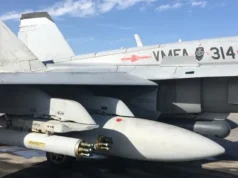

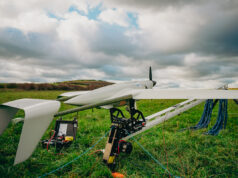
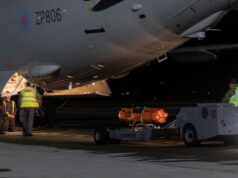
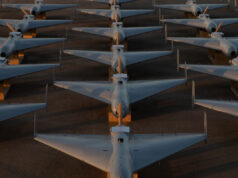
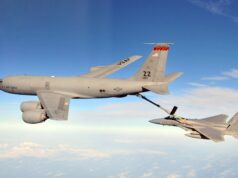
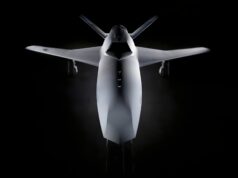

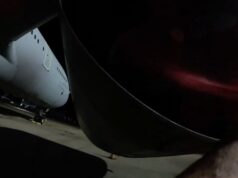
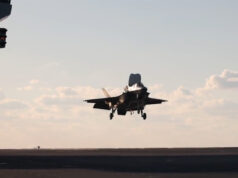

One Royal Marine can neutralise 3 Drug Boats Yet it takes tghe Americans a whole Squadron of B52’s !
Are they even drug boats? Unthinkable previously but these days the quest to look powerful and to threaten and intimidate takes precedence over such niceties, even within the US let alone where foreigners are involved, in their view it’s simply a greater deterrent if guilt or innocence isn’t the deciding factor just the message.
Former POTUS but now, His Excellency, Grand Poobah of the North Americans.
‘Eternal’ would have been a more accurate description I fear.
I thought this guy wanted a peace prize.
I see Venezuela is still threatening Guyana, Trinidad, and Tobago.
Venezuela is a Russian proxy state.
More American bullying and killing of people without arrest and criminal trial. And America calls itself a freedom loving democracy.
The US started losing its way after 9/11. Since then it has progressively gotten worse. Have you seen the latest rules for Pentagon news correspondants?
Emperor Palpetine is slowly revealing his hand as he tightens his grip on democracy. Sad state of affairs for a country I once loved.
And the UK is better? arresting 14000 for online comments they dont like?
As an aside one has to be astounded at the fact that the B52 first flew in the 1950s!! Also, with the USA now testing Venezuela ‘s FIR’, is this any different from Russia’s foray’s into NATO airspace? I say this as an Americophile..
well that is a very low bar and really not what a country that prides itself on freeedom and the respect of democratic values should be striving for. Maduro, much like Chavez, is an ass, but the US is overreaching here
last I checked Russia wasn’t shooting boats off the UK coast
Morning. I was thinking more about Russia than America in my comments. Compare the USA shooting boats, on a balance of probability carrying drug runners with Putin invading Ukraine and killing thousands of men, women and children not to mention hundreds of thousands of his own people in a totally unjustified war against a peaceful neighbour. That is the yardstick we should use to compare the two countries. Trump is a dangerous loose cannon but the USA is strong enough to defend its own Democracy and Trump is not forever. Regards from Durban
2 wrongs don’t make a right. obvioulsy Russia is much worse in Ukraine than what US is doing in Venezuela now, and I hope Putin gets what he deserves, sooner rather than later.
But that doesn’t excuse the US which has been on a slippery slope for a couple of decades now. Pretty sure the US caused as many deaths in Iraq 2003 (on some BS pretext of WMD) much like the Russians currently in Ukraine
Broadly on the same page as you and agree that Iraq was a very bad call with a couple of differences-one Saddam Hussein was a real baddie and the USA never made any permanent claim to Iraqi territory.
Trump doesn’t mess about 😏 🇺🇸